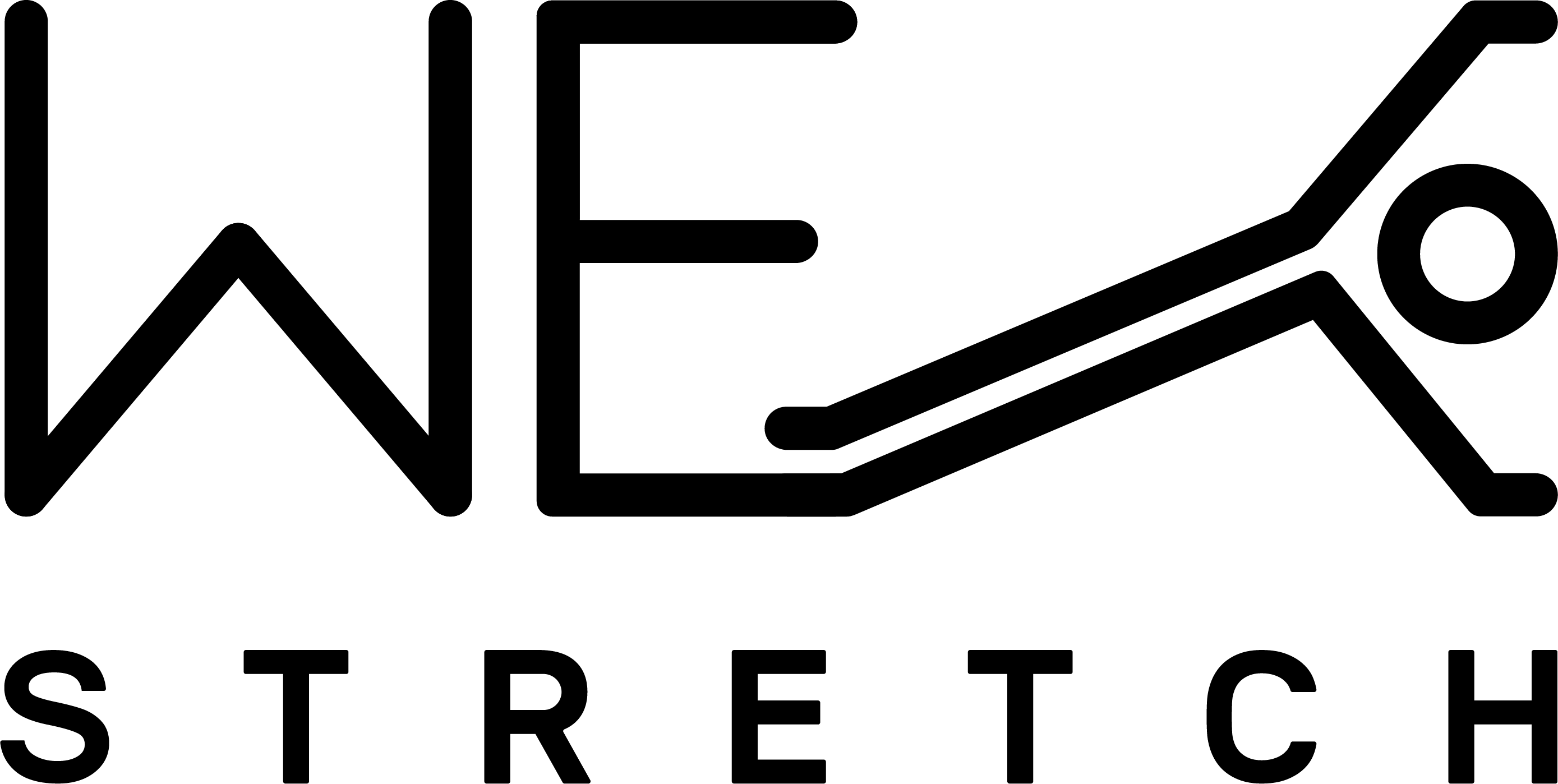While back pain is more commonly found in the lower half of your spine, upper back pain can be just as debilitating. One way to reduce overall back pain is to improve your upper back flexibility.
Where is the upper back located?
The upper back, otherwise known as the thoracic spine, is located between your neck (cervical spine) and your low back (lumbar spine). It is connected to your ribs and sternum, and because these bones don’t move a lot, typically, upper back pain stems from muscle tightness or injury.
9 stretches to improve upper back flexibility.
As upper back pain is generally muscle-related, consistent stretching will help you stay loose and move freely. Try these stretches taken directly from a WeStretch pain relief routine to increase your flexibility, achieve your full range of motion, and improve your posture!
- With your arms extended out to the sides, look up. (And then look at your belly if you would like the opposite stretch!)
- Curve your chest inwards, tilt and rotate to the right.
- Hold your arms out to the side and smell your right armpit.
- Extending your arms above your head, curve your chest in, tilt right, and rotate left.
- Grab your hands behind your back, bend over and let your arms fall forward.
- With your arms above your head, tilt to the left.
- Extend your arms out to the side. Look at your belly, then tilt your left ear to your left shoulder and roll your chin up to the right.
- Raise your arms above your head. Look down, then tilt your right ear to your right shoulder and roll your chin to the left.
- Make a ‘W’ with your arms and pull your shoulder blades together.
These are just a small sampling of possible stretches that you can use to help you focus on your upper back pain. Find stretches that target the muscles of your neck, shoulders, chest, and even your lower back, as everything is connected.
Other options for upper back pain relief.
Seek professional assistance.
Chiropractors focus on overall alignment and function. Massage therapists target tight muscle groupings. Physiotherapists help you to target areas of concern with specific stretches and exercises.
Many of these treatment options will provide significant benefits and pain relief, so be sure to seek help when you first notice your concerns.
Use hot and cold therapy.
If your back muscles feel tight or you have a muscle knot that doesn’t release, use heat therapy. This could be applying a heating bag directly to an area or having a hot bath. Heat therapy is best for relieving cramps, relaxing muscles, and reducing chronic pain, such as arthritis.
If your muscles feel swollen or inflamed, use cold therapy to calm your muscles down. Wrap some ice or frozen vegetables in a cloth and apply to the afflicted area for a few minutes at a time, or brace yourself for an ice bath. Cold therapy is great for reducing swelling of sprains, reducing inflammation, and recovering after intense physical exercise.
Combine movement and rest.
Back pain can be caused by improper posture and a sedentary lifestyle. By doing a variety of different movements, from stretching and walking- even to things like playing golf or doing housework- you can encourage good circulation through your muscles.
While movement is great for a healthy life and a strong back, be sure to get sufficient rest, especially after an injury. After you allow yourself a brief period of recovery, begin moving again with small and simple motions to rebuild up strength in the afflicted area.
If none of these options provide you relief, check in with your doctor, as there may be underlying concerns. They may suggest specific pain medications or surgery, depending on your needs.
Taking care of your spine will increase your quality of life as you age and it will you to fully embrace daily activities without worry. Download WeStretch for free today to get started on your stretching journey for a healthy back!
Any links included are for reference, additional information, or entertainment value only, without monetary compensation. Contact us on social media or at [email protected].
This article is not intended to act as or replace medical advice. Please talk to your healthcare practitioner if you have any concerns.
Written by Kayla Willsey

